Aviation is a big polluter. Globally, the industry generates roughly one billion tonnes of carbon dioxide per year — comparable to that produced by Japan, the world’s third-largest economy. Although many governments are regulating emissions from cars and trucks, such as by phasing out internal-combustion engines and switching to electric vehicles, air transportation is technologically rooted in old patterns. Apart from a pause during the COVID-19 pandemic, emissions from flights have risen by 2.5% each year for the past two decades. Over the next 30 years, the industry’s impact on global warming is set to exceed that of its whole history1, since the Wright brothers’ first flights in the early 1900s.
Cutting the sector’s impact on global warming is high on the agenda of the triennial assembly of the International Civil Aviation Organization (ICAO) in Montreal, Canada, this month. Ministers from 193 nations will try to negotiate an industry-wide target for cutting emissions, in line with the goals of the Paris climate agreement. There will be much talk about the need for action. However, the preparations indicate that most of the focus will be on familiar ideas, such as cleaner forms of jet fuel and schemes to offset carbon emissions. It is no coincidence that these ideas are also the least disruptive to how the industry operates today.
We commercialized a methane capture technology in ten years — here’s how
In our view, this approach could prove dangerously narrow. Eliminating aviation’s impact on global warming means upending the industry. The longer that reality is evaded, the harder it will be to find effective solutions.
Emissions from aircraft cannot be slashed simply by bolting on new kit to capture pollution. It might prove impossible to produce clean enough forms of jet fuel at sufficient scale. The leading forms of carbon offsetting are so flawed as to be unworkable. And addressing the other climate impacts of aircraft beyond CO2, such as contrails, might require overhauling engines, airframes and on-board storage, in an industry that is extremely attentive to safety, weight and space. A typical airliner contains several million components. Commercial aviation is also tightly interwoven with air-traffic control and ground-handling processes, which make profound changes hard to plan and implement.
Experimentation is what is needed. Airlines, fuel providers and aircraft and engine manufacturers should test a wide range of ideas to learn what might really work. Some of this research is under way, but governments and companies need to push faster and harder. Getting started will also require understanding how uncertainties in climate science and technology affect emission control strategies.
Limited vision
The aviation industry’s response to the climate challenge is a triumph of industrial interests over reality. The reasons are easy to understand. Airlines often operate on razor-thin margins. Airports struggle to recover the cost of large investments in infrastructure, with the risks of stranded costs when technology changes rapidly. And aircraft manufacturers ‘bet the company’ each time they design a wholly new plane, such as Boeing’s 787 or the Airbus A380. Major segments of the aviation industry are led by big firms, which are sensitive to risk and cost. They want the least disruptive technological options. The intergovernmental association ICAO reflects what governments and firms are willing to do today.
An analysis of ways to decarbonize conference travel after COVID-19
There is a disconnect, however, between aims and what will actually be needed. Aviation companies and industry organizations have made bold pronouncements. Many have committed to net zero CO2 pollution by 2050. Yet nobody knows how to make such deep cuts. Road maps have been outlined for technologies such as ‘sustainable aviation fuels’ by international bodies (including ICAO), by industrial partnerships such as Mission Possible and by governments such as the United Kingdom. At best, these plans are a first draft.
The aviation industry’s response to climate change centres almost entirely on two options: cleaner fuels and carbon offsetting.
Today, most sustainable aviation fuels come from biofuel feedstocks such as vegetable oils and used cooking oils. As with biofuels for cars, such fuels are designed to be compatible with existing jet engines and are produced through well-known agricultural and industrial methods. Today, there is barely any demand, so it is easy to supply — just 0.05% of all jet fuel meets the classification for sustainable aviation fuels, even in Europe, which is leading this shift.
But looking farther ahead, there is a risk that such fuels cannot be produced sustainably in sufficient volumes and at low enough prices to replace all jet fuel2. Scaling up will require other ways of producing it, such as from genetically engineered algae or other biological feedstocks that are cleaner to produce and less reliant on land. Jet-fuel molecules might even be assembled by machines that scrub CO2 from the air. Such technologies, some quite promising, are at early stages.
Fuel efficiency will play a part, but is unlikely to reduce emissions radically. Already, the industry has economic incentives to squeeze more passenger-kilometres of service out of each tonne of costly jet fuel, but improvement rates are unlikely to be much greater than 1% per year3. Shifting demand away from aircraft can contribute, too, if short-haul flights are replaced by electric high-speed trains and if business trips (and perhaps some leisure) switch to videoconferencing4. But the big driver for aviation is long-distance travel, for which speedy aircraft are unrivalled. When people get richer, they want to move around.
Facing the reality that the sector will keep emitting a lot, ICAO has established an international carbon-trading scheme — Carbon Offsetting and Reduction Scheme for International Aviation, or CORSIA. This encourages extensive use of offsets5: aviation companies can buy emissions credits or invest in sectors that store carbon, such as forestry, to allow them to carry on as normal. CORSIA aims to keep CO2 emissions at 2019 levels through such purchases for emissions over that year’s baseline. ICAO foresees that cumulative demand might reach 1.7 billion tonnes by 2035, potentially making aviation the largest offset market in the world (see go.nature.com/3rwjtss).
Fuel crisis: slash demand in three sectors to protect economies and climate
Yet offsetting faces a fundamental challenge: the size of the offset requires estimating flows of warming pollution that would have occurred if the carbon-removal project hadn’t existed, and comparing them against flows with the project in place. The former — a baseline that is unobservable — is a cauldron for shady accounting and other gremlins.
The vast majority of offsets today and in the expected future come from forest-protection and regrowth projects. The track record of reliable accounting in these industries is poor, because they lack robust baselines. Even with oversight, forest projects are often plagued by wild assumptions, for example that trees would disappear completely from these areas in the absence of those projects, even when there are other forest protections in place. Such assumptions drive up baselines and flood the market with huge volumes of offsets6. They make it easier for accountants to claim a net reduction in emissions even though the atmosphere sees little or no benefit. These problems are essentially unfixable7. Evidence is mounting that offsetting as a strategy for reaching net zero is a dead end.
Big unknowns
And there’s another reason carbon offset and cleaner fuels fall short. They do not address all the ways in which the aviation industry affects climate, many of which remain uncertain. We know that aircraft engines burn fossil fuels, releasing CO2, a warming gas. But high temperatures in engines also produce nitrogen oxides, and they release aerosols that alter the composition of the atmosphere. Burning hydrocarbons generates water vapour that, by mingling with aerosols, produces contrails.
The biggest wild card concerns cloud formation — a fast-evolving aspect marked by huge uncertainties. Some simulations warn that ‘contrail cirrus’ might have caused almost twice as much warming as CO2 from the aviation sector up to 20188 (see ‘Current warming and cooling effects of aviation’). Other satellite-based studies suggest a much lower figure9. Because of these additional effects, even if biofuels replace conventional jet fuel and reduce CO2 emissions, they might not fully fix the climate.
That leads to a second profound uncertainty: investment planning. How can governments and industry try to cure the patient when the diagnosis is unclear? If contrail cirrus proves to be a major problem, then solutions will need to go well beyond clean fuels — to different propulsion systems and even rerouting aircraft. Contrail cirrus forms only under some atmospheric conditions, so, in principle, adjustments to flight schedules, altitudes and routes could have a role. If carbon offsets won’t actually offset at scale, or if clean fuels do not scale up, then the aviation industry must do more on its own to cut climate impacts.
Doing better, faster
Three steps can help to lead the aviation industry in a different direction.
First, the industry and governments must become more self-aware of the risks associated with its current approach to the climate crisis, which reflects self-interest in preserving the status quo. Sustainable aviation fuels might have a big role, but a lot more investment is needed into options that are far from viable today, such as electric- or hydrogen-powered aircraft, that could prove to be effective strategies for reducing contrails and eliminating emissions. Because they are highly disruptive, those solutions are unlikely to spring from the mainstream industry.
The forthcoming ICAO assembly can be a forum for such discussions. Still, massive technological change never comes about through planning by global committees of incumbents. Such committees, prone to avoid disagreements, select options such as carbon offsets that can be even worse than inaction. Instead, ICAO should focus on what it does well, such as setting global goals. It might prove impossible, politically, to shut down CORSIA, but the organization should at least examine the limits to offsets schemes.
Make greenhouse-gas accounting reliable — build interoperable systems
Second, international coalitions of ‘first movers’ in aviation need to be established — small groups of governments and firms that are willing to lead. Seeds for such coalitions exist, with both Boeing and Airbus engaged, along with some governments and airlines, freight haulers and companies that spend a lot on business travel. So far, however, these nascent efforts are too narrowly focused on fuel replacements.
A more diverse experimental approach is needed — investing in varied response strategies, including hydrogen, electricity and cleaner, more scalable variants of fuels. It would probably have Europe at the centre, because its climate policies are already strong and credible and European governments can help to back technologically and financially risky investments. Focal points include an effort by the European air-traffic management system to understand which routes would be better for the climate, because shorter routes with fewer delays can lower the demand for fuel and new routes can reduce contrail formation. Similar initiatives around the world to experiment with flight diversions could be boosted over climate concerns. Recent US climate and infrastructure legislation includes big spending on hydrogen that could also be a hub for clean aviation. Stronger regulatory incentives could increase pressure for change.
Norway’s commitment to create a market for short-haul electric aircraft is a good example of a joint programme between government and business that is designed to invest in disruptive technology. In a small country riven by fjords and mountains, many Norwegian airports are designed for short take-offs and landings and have small distances between them. Norway is thus a good test bed for electric aircraft and, because few of these routes are commercially viable, the government can set the terms of tenders to require zero-emission flights. This market is inspiring a supply of small electric aircraft that could be a niche for refining such technologies.
Similar models of bold exploration have proved successful in the past. For example, when developing the Montreal Protocol on the ozone layer, international goals and public scrutiny — as in aviation today — put pressure on some highly motivated firms and governments to look for solutions to eliminate ozone-depleting substances. They found many. To whittle them down quickly, they set up a joint process managed by government and industry experts to identify the best and most-realistic solutions10. Aviation needs a similar peer-review mechanism, probably outside the conflict-averse ICAO, to scrutinize detailed lessons as they are learnt.
Third, research is essential, for example to bring knowledge about contrails and chemical interactions in the atmosphere to a level at which the aviation industry can be more confident about the route forwards. Theory and measurement of how aviation induces contrail cirrus and other induced cloud changes needs improving, as does understanding of how different propulsion systems affect the climate through atmospheric chemistry. Hydrogen-fuelled aircraft, for example, might leak H2 gas into the atmosphere during manufacture and transport and still produce nitrogen oxides and contrails, with unknown climate impacts.
Researchers also need to address practical solutions technologically, economically and politically. For example, some might evaluate frontier ideas around induced clouds, alongside strategies such as aircraft rerouting, reformulation of jet fuels and deployment of electric or hydrogen systems.
This all sounds complicated. Yet it is exactly how technological revolutions have occurred in many industries, including the government–industry partnerships that created the age of jet aircraft10,11. It is also how other high-polluting industries are responding to the climate crisis — for example, to decarbonize steel, cement and cars and to redesign nuclear reactors.
Aviation needs to take the uncertainties it faces seriously. ICAO can help, but success will hinge on smaller and local experimentalism.








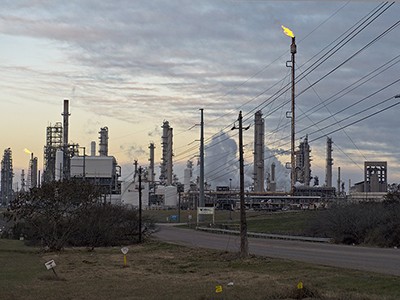
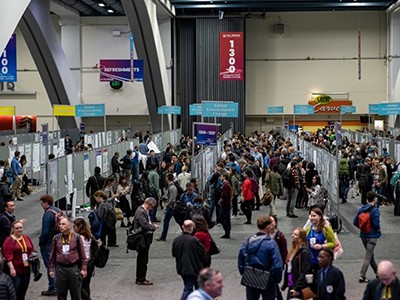
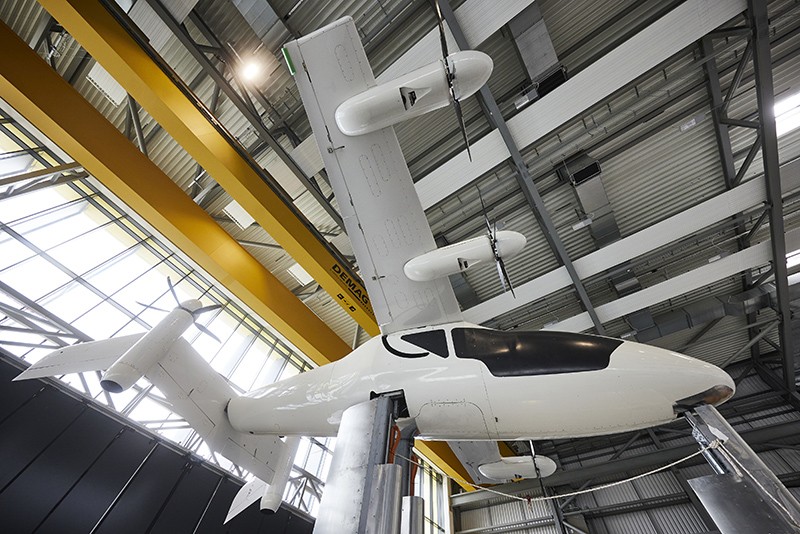
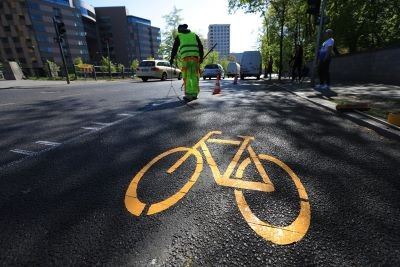
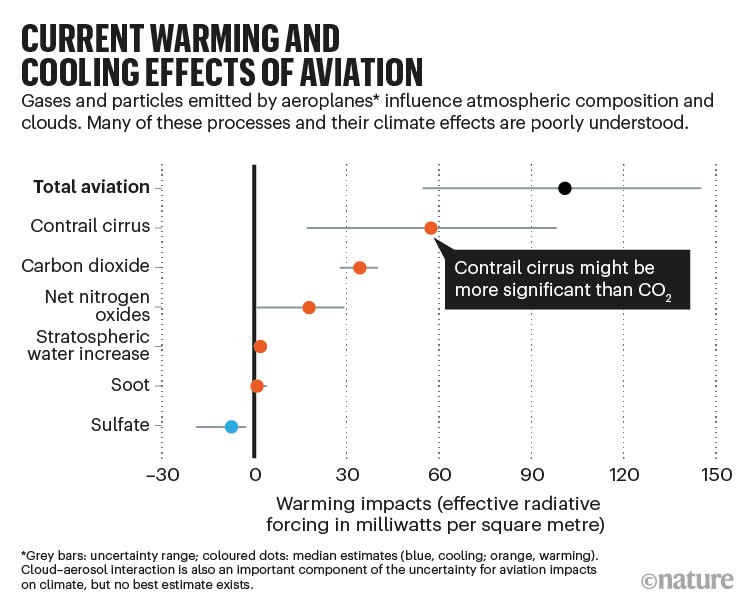
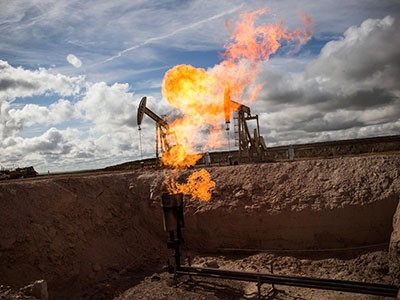
More News
China’s Chang’e-6 launches successfully — what happens next?
African wild dogs with pleading eyes sparks rethink of dog evolution
Author Correction: Stepwise activation of a metabotropic glutamate receptor – Nature